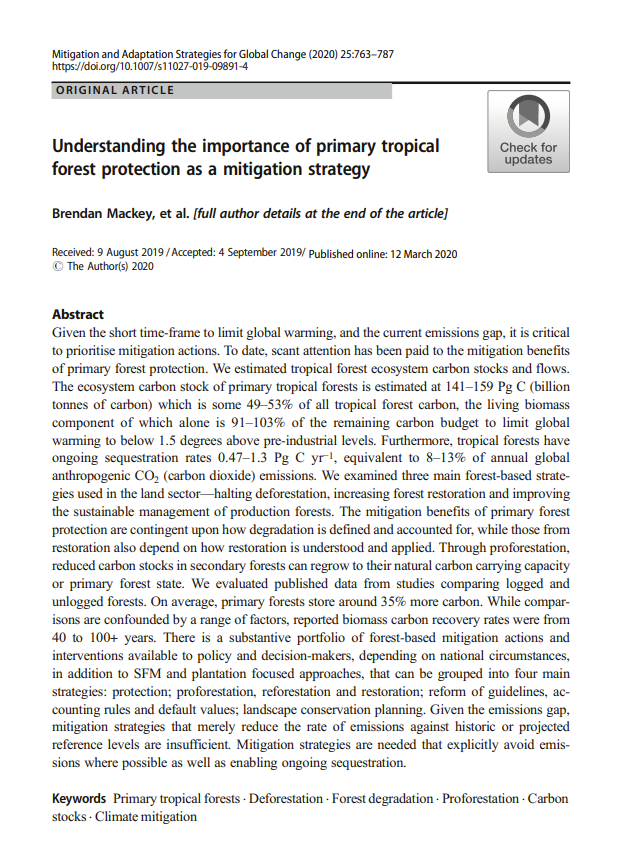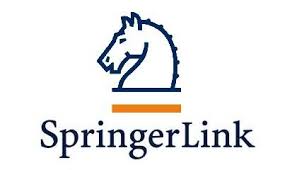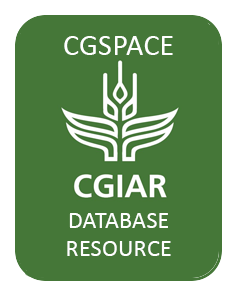About Springer
Throughout the world, we provide scientific and professional communities with superior specialist information – produced by authors and colleagues across cultures in a nurtured collegial atmosphere of which we are justifiably proud.
We foster communication among our customers – researchers, students and professionals – enabling them to work more efficiently, thereby advancing knowledge and learning. Our dynamic growth allows us to invest continually all over the world.
We think ahead, move fast and promote change: creative business models, inventive products, and mutually beneficial international partnerships have established us as a trusted supplier and pioneer in the information age.
Members:
Resources
Displaying 1 - 5 of 1195Understanding the importance of primary tropical forest protection as a mitigation strategy
Given the short time-frame to limit global warming, and the current emissions gap, it is critical to prioritise mitigation actions. To date, scant attention has been paid to the mitigation benefits of primary forest protection. We estimated tropical forest ecosystem carbon stocks and flows.
Variability is not uncertainty; mobility is not flexibility: Clarifying concepts in pastoralism studies with evidence from Tajikistan
As the “new rangeland paradigm” took shape in the 1990s, climatic variability in pastoral ecosystems was often discussed as “uncertainty”, and the essential mobility of pastoral systems was argued to be possible only with flexible land access rights. These context-specific principles have increasingly been globalized in analyses of diverse pastoral systems.
Informal Land Delivery and Tenure Security Institutions in Benin City, Nigeria
The informal sector in urban land supply has continued to meet the increasing demand for urban land owing to the deficiencies of the formal sector in Nigeria. But tenure security and equity in land supply have become the major issues that have evoked much concern in the sector. This article seeks to understand the provisions of tenure rights through customary institutions not as the binary opposite of the formal land titling but as a part of the continuum that includes the formal system in Benin City.
A participatory epidemiological study of major cattle diseases amongst Maasai pastoralists living in wildlife-livestock interfaces in Maasai Mara, Kenya
Livestock-wildlife interactions promote the transmission of a wide range of infectious diseases that constraint livestock production. We used a participatory appraisal approach to find out and rank infectious diseases of concern to pastoralists in a zone of intense wildlife-livestock interaction and another zone with limited interactions. Four villages were selected purposively in areas with intensive cattle-wildlife interactions (zone 1), and another two in areas with low to moderate cattle-wildlife interactions (zone 2).
A participatory epidemiological study of major cattle diseases amongst Maasai pastoralists living in wildlife-livestock interfaces in Maasai Mara, Kenya
Livestock-wildlife interactions promote the transmission of a wide range of infectious diseases that constraint livestock production. We used a participatory appraisal approach to find out and rank infectious diseases of concern to pastoralists in a zone of intense wildlife-livestock interaction and another zone with limited interactions. Four villages were selected purposively in areas with intensive cattle-wildlife interactions (zone 1), and another two in areas with low to moderate cattle-wildlife interactions (zone 2).





